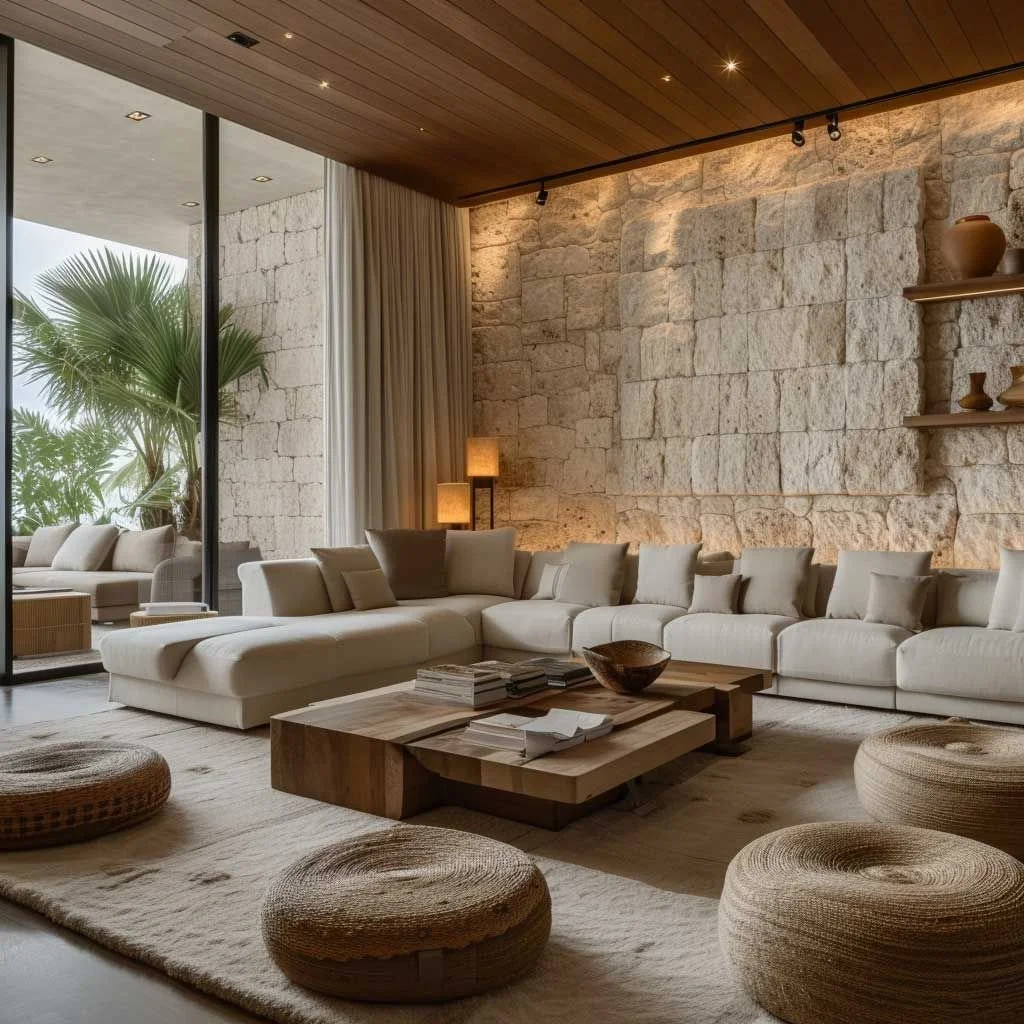Designing for Wellness: Interiors That Support Clarity and Wellbeing
Wellness in design is just as important aesthetics. As our environments continue to impact how we work, rest, and feel, there’s a growing awareness that the spaces we inhabit should support both mental and physical wellbeing.
At KTM, we believe that designing for wellness starts with clarity; in layout, materials, light, and purpose. A well-designed interior should not only be beautiful, but also intuitive, calming, and functional. Here are a few of the key principles we keep in mind when creating spaces that promote wellbeing:
Natural Light and Flow
Good lighting is essential to how we feel in a space. Where possible, we design to maximise daylight and create clear lines of sight, helping interiors feel open and connected. This might mean rethinking window placement, selecting sheer or light-diffusing materials, or using reflective surfaces to carry light deeper into a room.
Equally important is spatial flow. Cluttered layouts can feel overwhelming. By creating open, legible plans with thoughtful transitions between zones, we give users a sense of clarity and control. When a space flows well, it supports both movement and rest without interruption.
Material Matters
Material choices play a huge role in how a space feels. We tend to lean towards natural, tactile finishes — wood, stone, linen, and wool — for their timeless qualities and grounding effect. These materials age well, reduce reliance on synthetic alternatives, and bring texture and depth without noise.
We also consider sustainability here. Materials that are responsibly sourced and designed to last add long-term value and reduce environmental stress, a quieter kind of wellbeing that builds over time.
Acoustic Comfort
One of the most overlooked elements in wellness design is sound. Whether in a workspace or home, excess noise can heighten stress and reduce focus. We use zoning strategies, soft materials, acoustic panels, and furniture placement to manage reverberation and create a more restful environment.
Quiet doesn't mean silent, it means controlled. A well-balanced acoustic atmosphere supports clarity and calm.
Colour and Tone
Colour can affect everything from mood to energy levels. We often work with natural, muted palettes to create calm foundations, layering in subtle contrasts or textures for depth. Cool tones can create a sense of calm, while warm neutrals can make a space feel more nurturing.
Colour psychology plays a role here, but so does restraint. Sometimes it’s about what you leave out, not what you add in.
Space to Move and Pause
Wellness isn’t just about stillness it’s also about encouraging natural movement. We design layouts that invite gentle transitions through a space, whether through widened pathways, intuitive furniture placement, or flexible zones for standing, stretching, or sitting comfortably.
Equally important are the spaces to slow down. A corner with a comfortable chair and natural light can be just as important as a large communal area. Designing small moments of calm into an interior is one of the simplest ways to support wellbeing.
Purposeful Design
Ultimately, wellness-driven design is about intention. Every element should have a reason for being there. The goal isn’t to fill space, it’s to support the people who use it.
Whether we’re designing for the home, workplace, or hospitality setting, we begin by asking the same question: How do we want people to feel here?
When we prioritise clarity, comfort and calm, the result is a space that does more than function, it nurtures.
At KTM, we design with wellness in mind, not as an add-on but as a foundation.
If you're looking to create a space that feels as good as it looks, we’d love to help you shape something that lasts.



